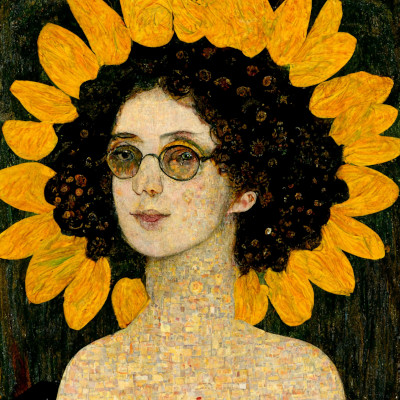Building Myself A Home
Various types of algorithmic textile approaches have been historically employed to create soft objects– from the use of industrial knitting fabrics using computerized knitting or weaving machines to 3D knitting of hollow materials (to create objects such as plush toys, socks or shirts). Currently, there are developments allowing for the construction of completely solidly knit objects. For my capstone I am interested in constructing a series of knit objects for a large-scale installation. Specifically, I wanted to use 3D knitting, solid knitting, and computerized machine knitting to create a fully knit installation. I was able to successfully accomplish this.
Background
Knitting has served as one of the foundations of society, providing us with footwear, clothing, accessories and equipment. It is a craft associated with labor politics, femininity and traditionalism — yet it is also a craft that we wear on an almost-daily basis. As a craft, it is one of the oldest in existence, rivaled only by weaving. It is an integral part of our history and it contains thematic and computational value that deserves to be explored. Solid knitting is a novel type of knitting that is being currently developed at the CMU Textiles Lab. With solid knitting, we have the potential to create completely solid knit objects, thus allowing us to create knit furniture and other types of sturdy objects. Other methods of knit-based fabrication, such as computerized machine knitting provide ways of algorithmically constructing complex 3D hollow objects or patterns.
When I was ten years old, I immigrated to the United States from Colombia. I only ever went back twice until the time I graduated from high school. This discrepancy in space and time made me feel like Frankenstein’s monster, stitched together from two worlds in the worst possible way. I knew other kids in my community who regularly had the ability to visit family members and friends. I didn’t have this opportunity, living with an undocumented mother, a sick grandmother, and an alcoholic, dying uncle.
Through my time in the US, I moved more than ten times. Either between the couches of different family members, or scrappy furnished apartments, filled with stained upholstery and cockroaches. I lost the vision of what a home as a space was supposed to be. When I lived in Colombia, most of the furniture we owned had been in our family for decades. It had seen my mother grow up and was a staple of stability in my childhood. I never questioned the eternity of those objects.
As a teenager and young adult, I made various pieces to address this disconnect. This emotion developed into my current artistic practice and motivates a lot of the questions I ask myself.
As an adult, I think a lot about preserving myself and my culture. I think about maintaining the spaces and elements that made these temporary living spaces into homes. Fundamentally, a home is the people, but also the culture you exist within. The idea of constructing objects that are modifiable and that can be compressed into a box is an intimate and emotional idea for me. All that is left behind of my childhood is images and memories, subject to physical, digital or mental decay.
For this reason, I wanted to create a fragment of this space in real life. I built a completely knit chair that can easily be assembled and disassembled by a person. I built a set where people can position themselves unknowingly in my cultural context. They can wear my mask, forced to become a version of me.













